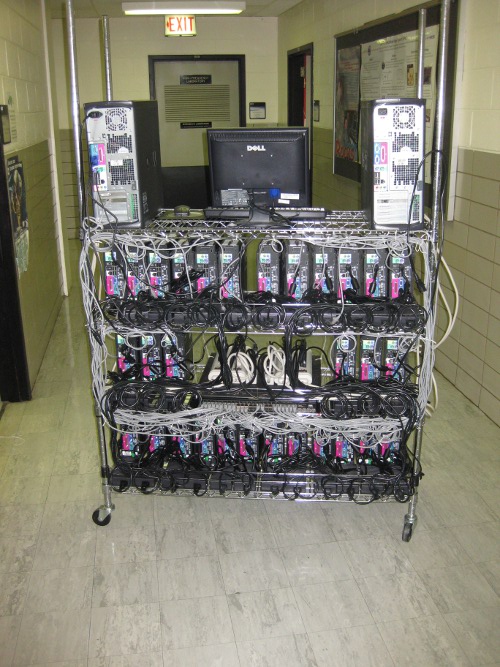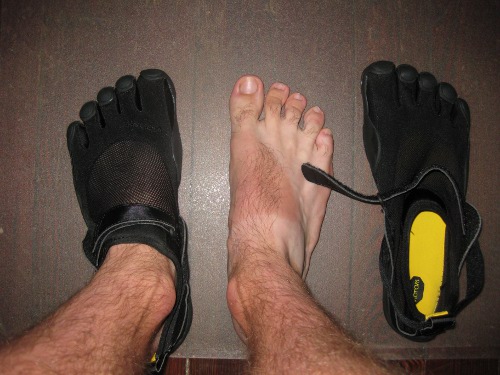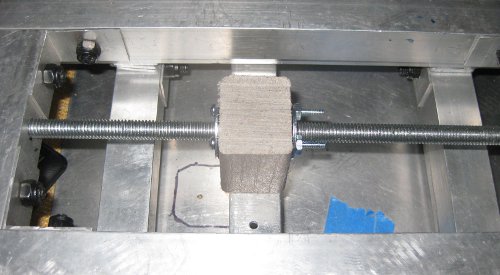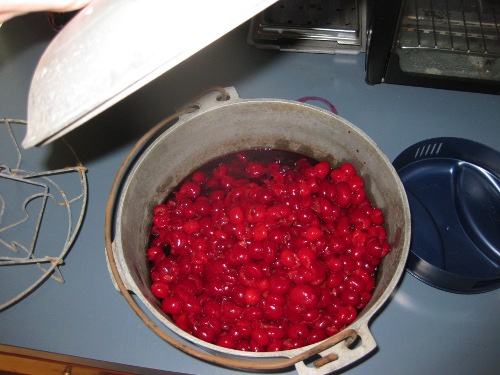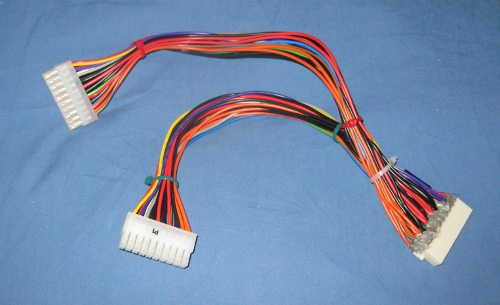I picked up a new and excellent bad habit from Vienna: The Brauner. Vienna is famous for it’s coffee, and Austria in general is more into their coffee than even the stereotypical French and Italian coffee cultures, meaning I got to indulge my excessive affection for coffee while I was there.
A Brauner (lit: “brown one”) is a shot of espresso, served with sweetener (usually sugar, sometimes chocolate) and cream (usually on the side), and a glass of still water. It is basically the perfect expression of coffee. In Viennese dining culture it is perfectly normal to have one after every meal… and for the most part, I did. The best way to go about consuming a Brauner is to splash cream in until it’s roughly 1/4 of the volume, stir, taste, and then adjust. If it’s a preternaturally perfect shot and good cream, it won’t need any sweetener, otherwise sweeten until it has the same creamy, rich, and slightly bitter aspect as good dark chocolate. Most cafes offer Kliner Brauner and Großer Brauner as separate items, for one and two shots respectively, although drinking a double with every meal would be a truly unmanageable amount of caffeine.
This is how they usually come at a cafe (already started in on that one before I thought to take a picture, sipped the crema off) :

And this is what I’ve been having with breakfast almost every morning since I got back:

I even went and bought some proper espresso spoons because I was afraid I was going to break something mixing in the little 2oz cups. Easy to make (If you already have espresso equipment), and very, very tasty.
Web Presence
Page Navigation
Meta
-
Recent Posts
Random Quote
Never think that war, no matter how necessary, nor how justified, is not a crime.
— Ernest HemingwayCategories
License

Unless otherwise noted, this work is licensed under a Creative Commons Attribution-ShareAlike 3.0 United States License.


